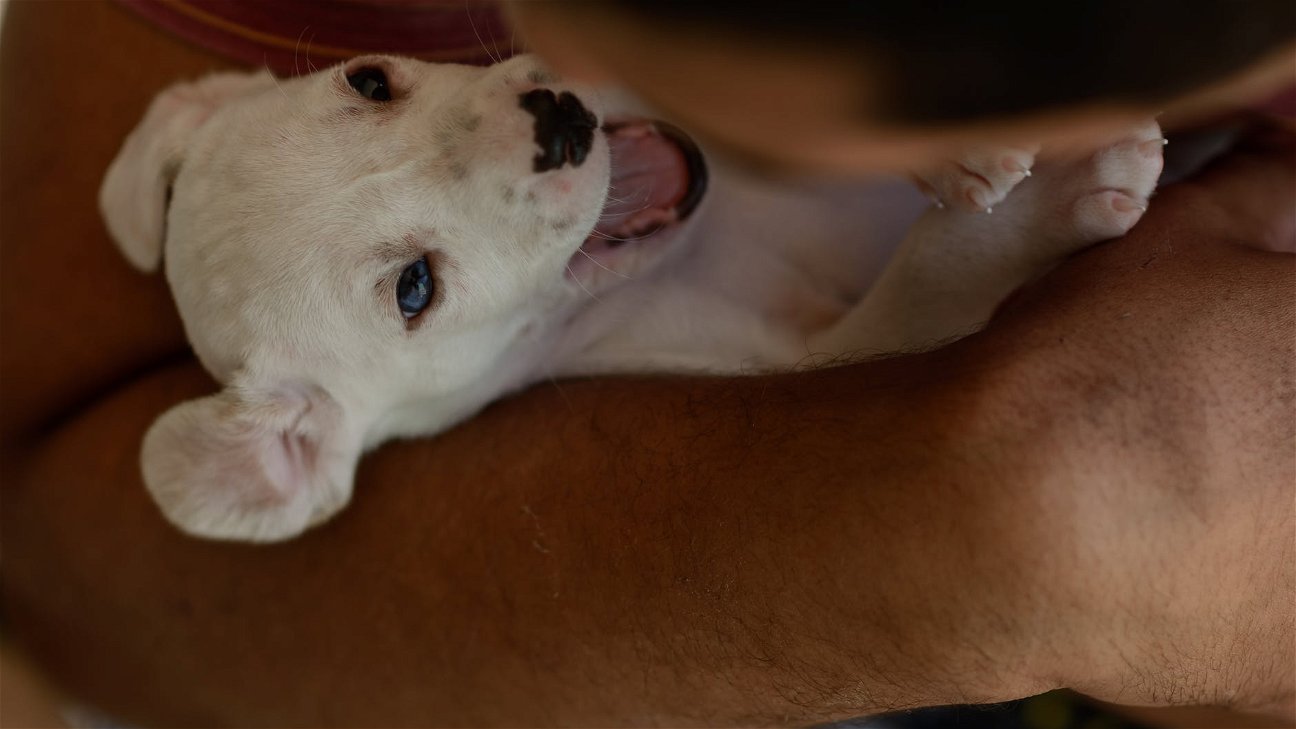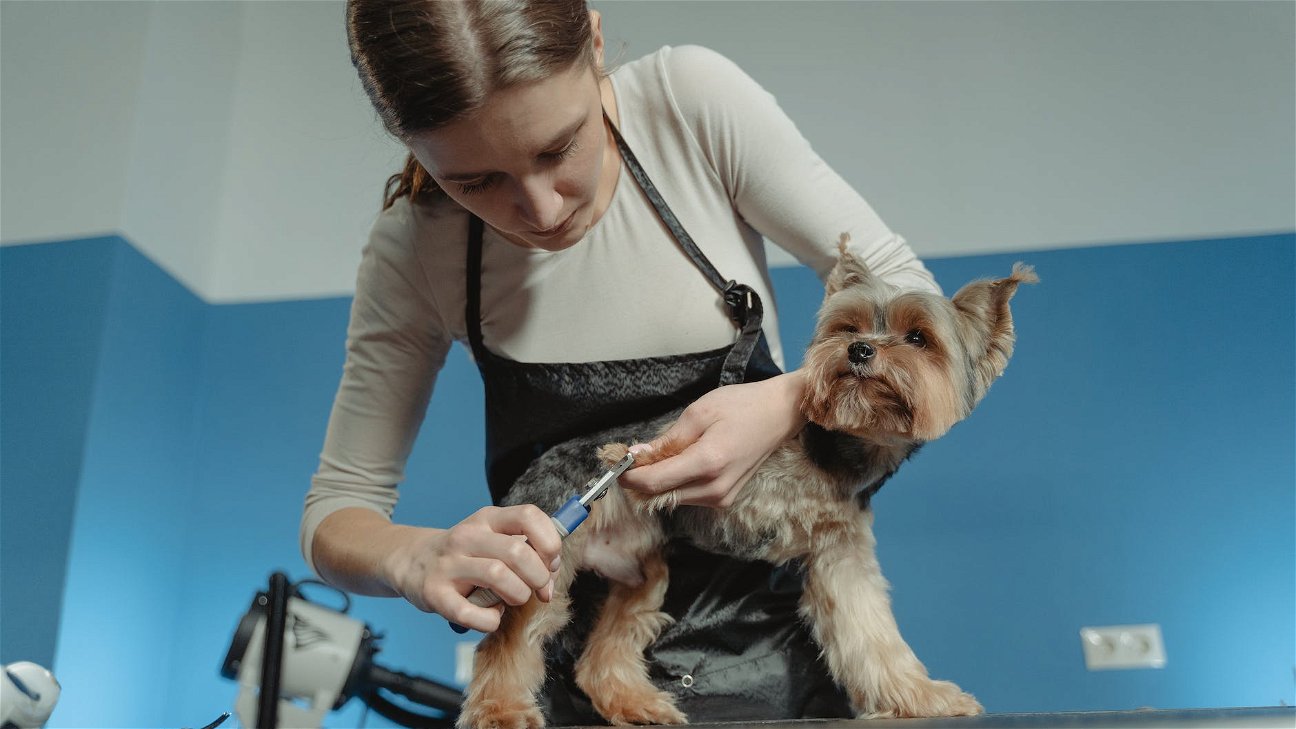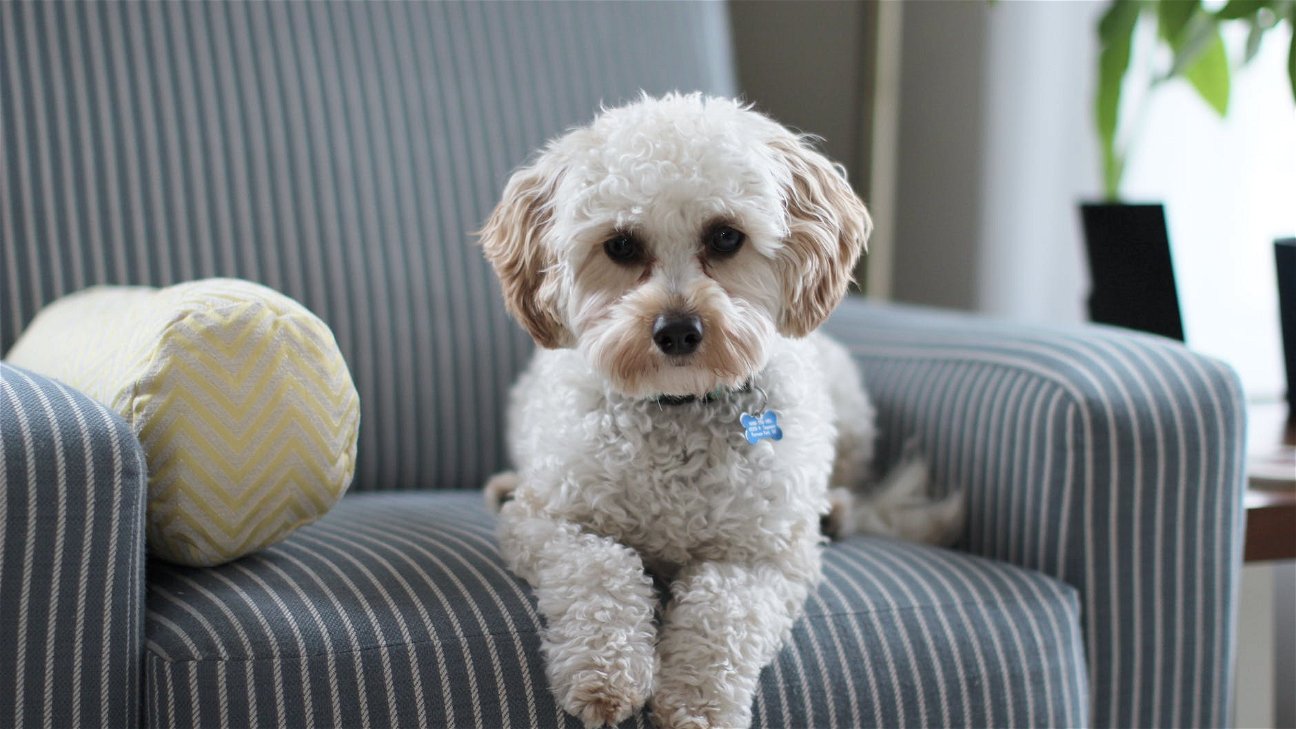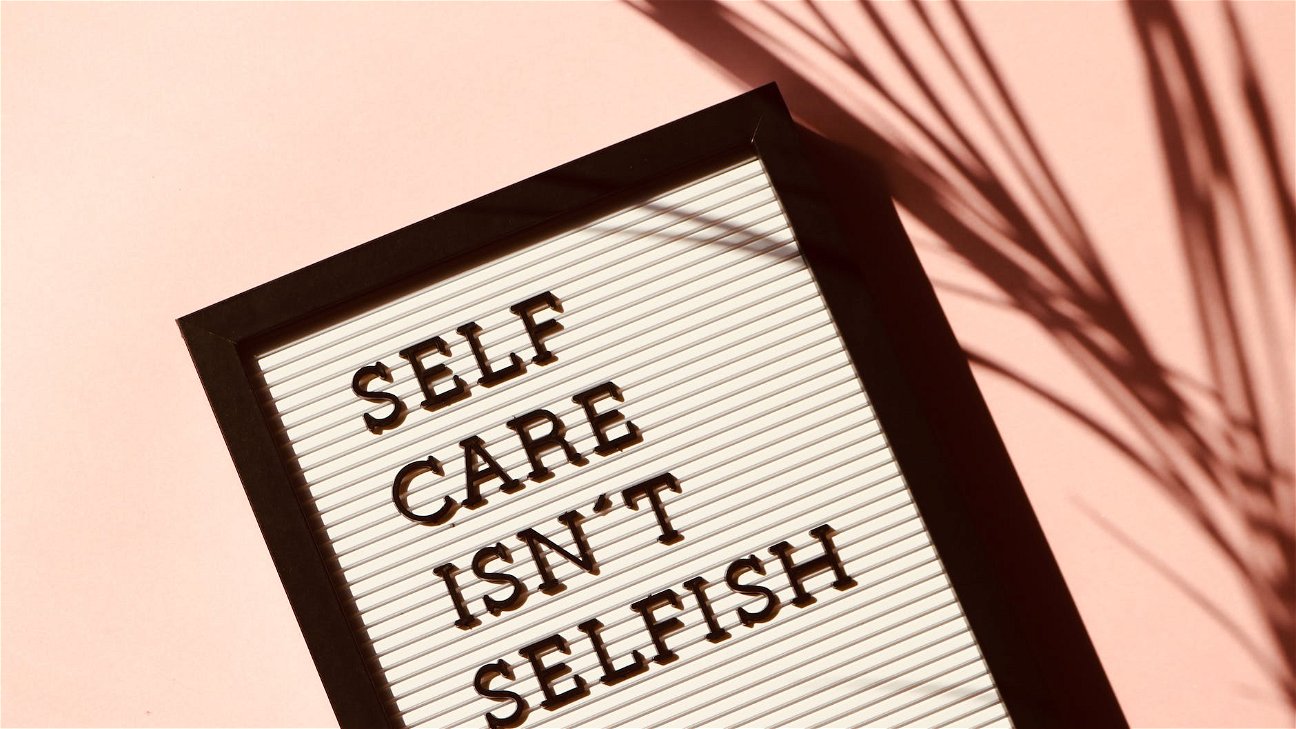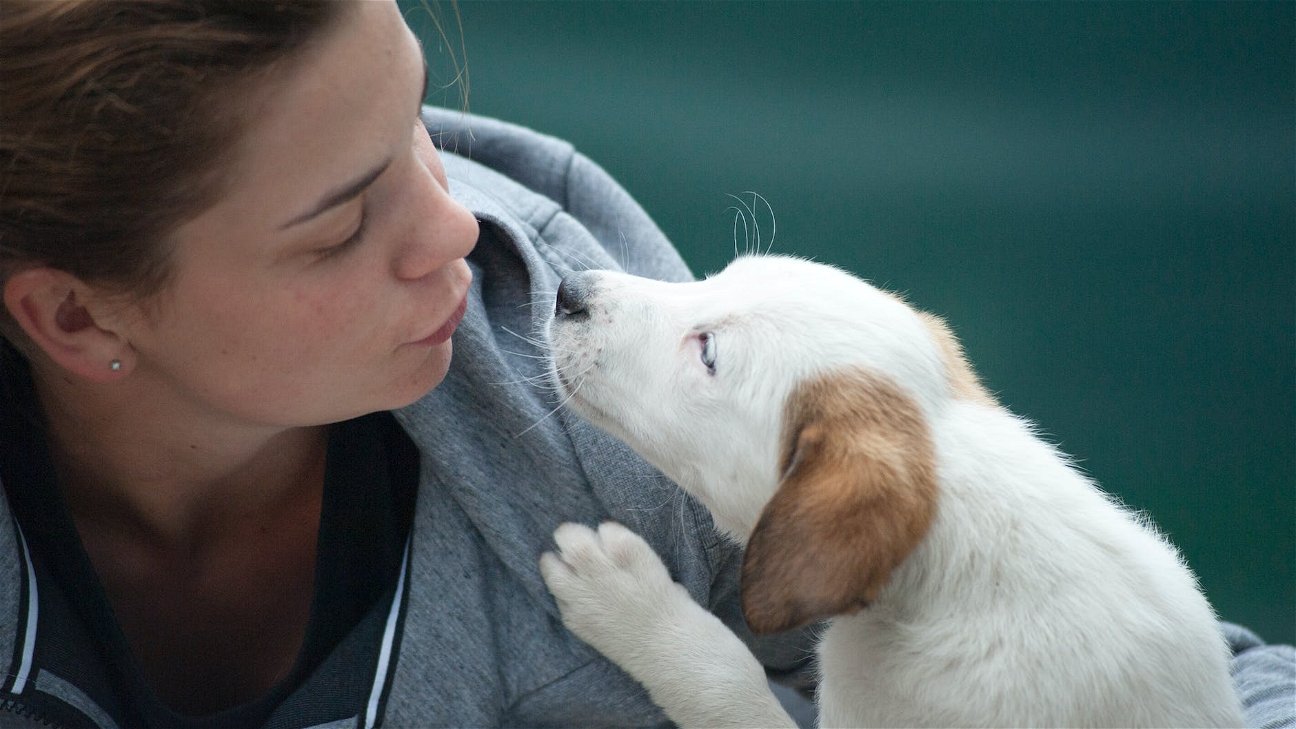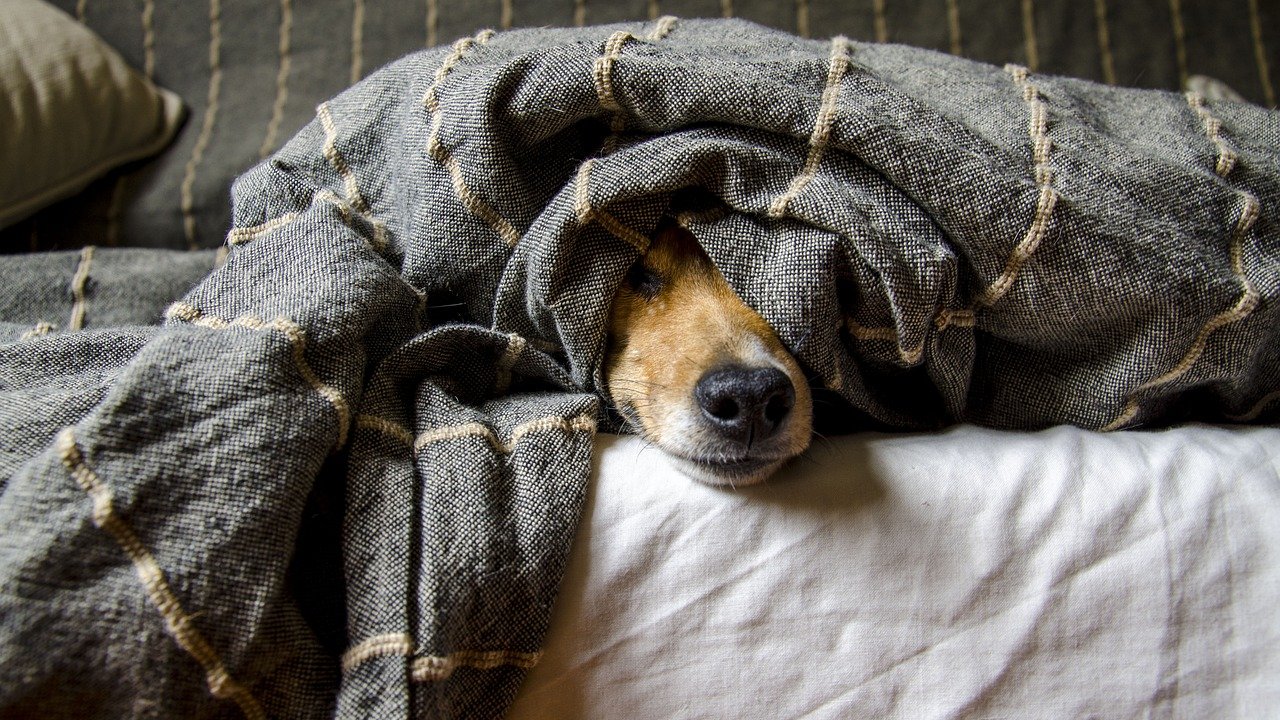
Once the sun sets and darkness envelops the world, it's not just humans who need to be cautious—our dogs do too. Night-time brings a different set of challenges for our furry friends, and as responsible pet parents, we need to ensure their safety at all times. Let's explore three effective techniques to enhance night-time safety for our dogs.
Reflective and Light-Up Gear
The first technique to enhance your dog's night-time safety is to use reflective or light-up gear. This can range from collars and leashes to vests and dog tags. This type of gear is designed to catch and reflect light, making your dog visible to others in dim or dark conditions.
When choosing reflective or light-up gear for your dog, be sure to consider the following:
-
Reflection or illumination: Reflective gear uses external light sources to create visibility, while light-up gear produces its own light. Depending on the level of darkness in your area, one may be more effective than the other.
-
Comfort: The gear should not be too tight or too loose on your dog, and it should not cause any discomfort.
-
Durability: Look for gear made from strong, durable materials that can withstand wear and tear.
Here is a table comparing some popular reflective and light-up gear options for dogs:
Leashed Walks After Dark
Our second technique for enhancing night-time safety for dogs involves leash training. While many dogs love the freedom of off-leash play, it's not always safe after dark. With decreased visibility, dogs can easily wander off and get lost, or possibly encounter a hidden danger.
Even in a fenced yard, keep your pooch on a leash for those late-night bathroom breaks. If your dog needs to burn off some energy, consider a brisk, well-lit walk around the neighborhood. You can also use this time for some on-leash training exercises.
Regular Check-Ups and Up-to-Date Vaccinations
Finally, regular veterinary check-ups and up-to-date vaccinations are essential elements of night-time safety. Night-time is when many pests and parasites are most active, including mosquitoes, fleas, and ticks. Regular vet visits can help ensure your dog is protected against diseases these pests carry, such as heartworm, Lyme disease, and more.
In conclusion, dog safety at night is not something to take lightly. Investing in reflective or light-up gear, keeping your dog on a leash during night-time outings, and ensuring regular veterinary care are three techniques that can greatly enhance your dog's safety after sundown.

